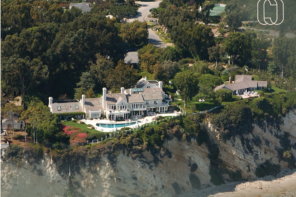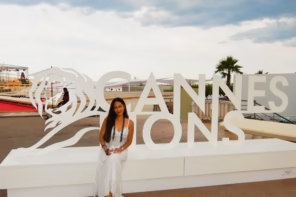
Friday March 27, 2015
Reputation Management | The Best Practices of Managing Negative Press
In this article we explore how negative press has affected mainstream brands such as SeaWorld and Uber and ask whether PR stunts and reputation management can help companies overcome such issues
Since the 2013 release of ‘Blackfish’, the documentary which detailed and criticised the practices and treatment of Orca whales by the SeaWorld amusement parks, SeaWorld has become a brand dogged by public relations crises. The PR storm that SeaWorld has found itself in has meant that its brand image has taken a considerable hit and has also had severe negative repercussions on the company’s financial fortunes; the past year has seen SeaWorld’s stock price fall by 35% and attendances drop by 4.5%.
SeaWorld have sought to turn the tide of this negative publicity by launching a comprehensive public relations campaign to try and salvage their brand image going forward. They intend to go about doing this by launching print and television advertisements that will run in several top tier publications which will focus upon veterinarians and researchers discussing and defending the company’s treatment of their marine life. They will also be launching AskSeaWorld.com, a website dedicated to addressing customer’s common concerns and “set the record straight” on the information that has caused them to suffer such negative press over the past two years.
Another company that has been beleaguered with negative PR is the ride sharing mobile phone app company Uber. The past 18 months has seen Uber’s name constantly appear in and out of the news for all the wrong reasons; criticism of their surge pricing during the recent hostage crisis in Sydney, their VP of Business threatening to engage in smear campaigns on journalists who reported on the company negatively, and strong opposition from the traditional cab industry. To try and tackle all the negative press, Uber have launched a series of PR stunts over the past year; including an Uber Ice Cream programme in the US, in which users could use the app to summon ice cream trucks, and one which allowed users to use their taxis to have food delivered to homeless shelters throughout London and Manchester.
But how effective can such public relations efforts really prove in salvaging the reputations of two brands who have consistently received negative public attention? For SeaWorld, the task that lies ahead for their public relations team will be more significant. While a successful campaign for SeaWorld could prove instrumental in convincing those with lingering doubts on SeaWorld, much of the negative press they have received has been directed at fundamental aspects of the business, and it will be difficult for a PR campaign to address this without making fundamental changes to the structure of their business.
In the case of Uber, such PR stunts can be seen to be more effective. Much of the negative press Uber have received has been directed towards aspects of their corporate culture, and the core service they provide is something that still remains overwhelmingly popular with the public. Their use of public relations can be helpful in allowing them to direct public attention away from the controversial issues that have threatened to tarnish the brand, and towards the core service they provide which consumers, do in fact, enjoy.
Curzon PR is a London-based PR firm working with clients globally. If you have any questions, please feel free to contact our Business Development Team bd@curzonpr.com







Follow us